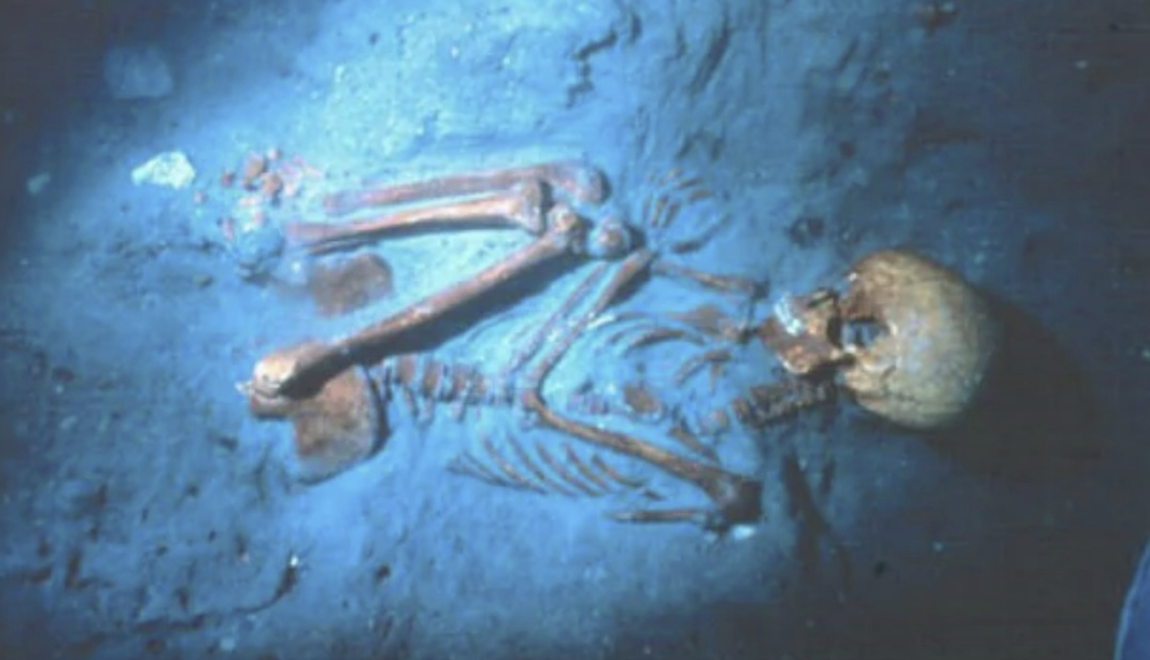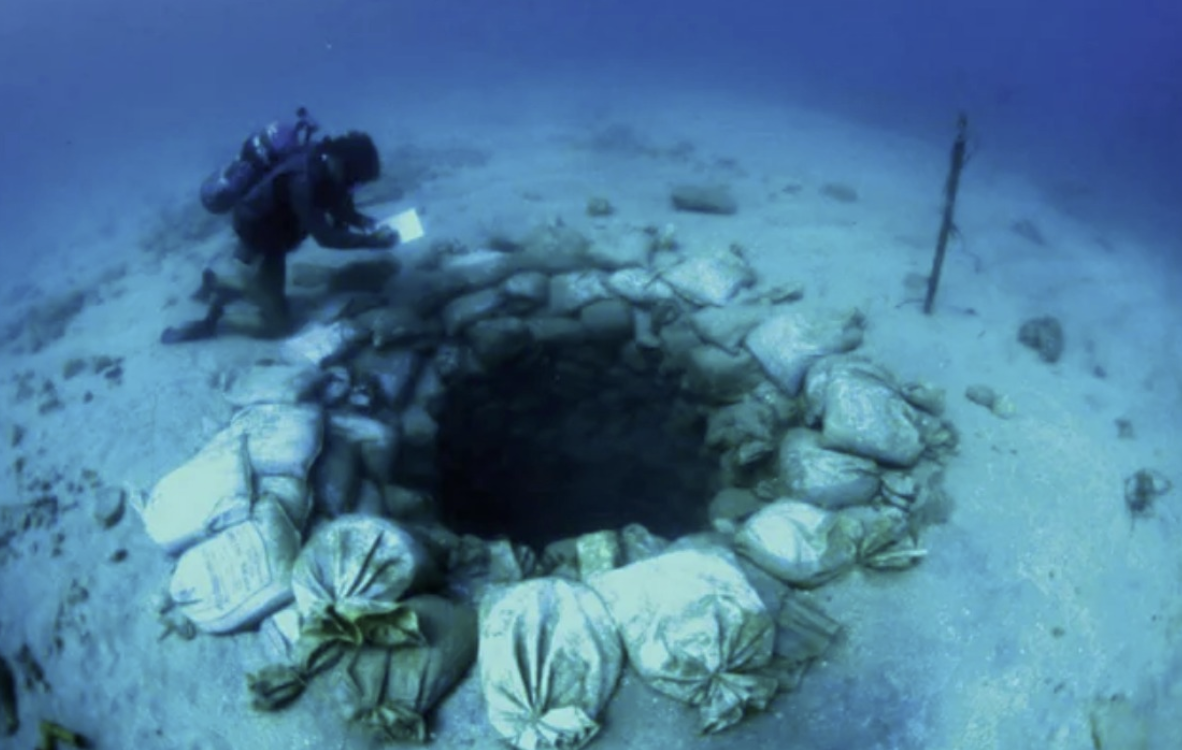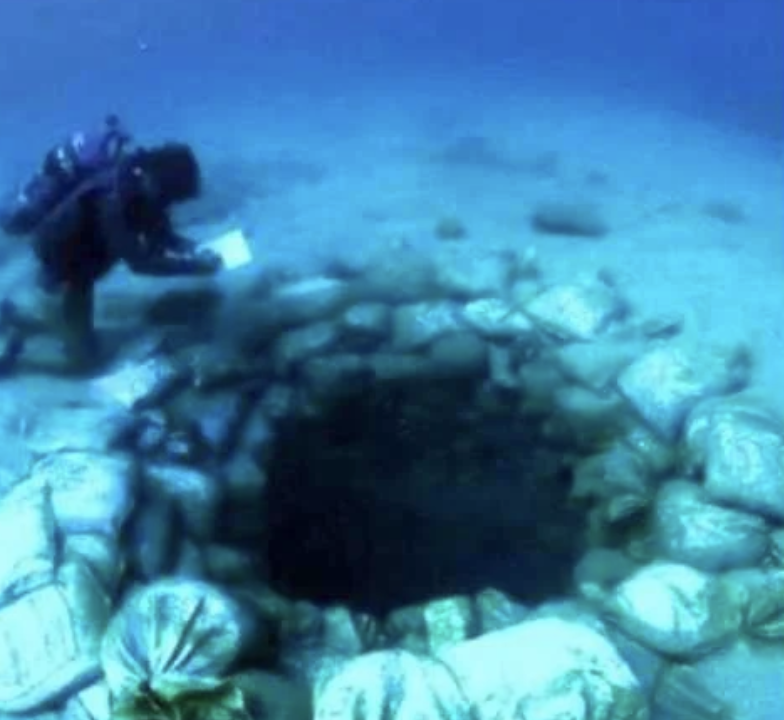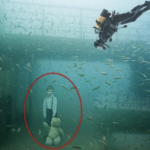Hidden Depths: Revealing the 9000-Year-Old Neolithic Village of Atlit Yam

Off the coast of Atlit, Israel, beneath the azure waters of the Levantine Sea, lies a submerged treasure trove of history known as Atlit Yam. Dating back to the final Pre-Pottery Neolithic period, between 6900 and 6300 BC, this ancient village has remained hidden under the waves for millennia, preserving a snapshot of life from 9000 years ago.
Atlit Yam covers an impressive area of approximately 10 acres and rests at a depth of 8 to 12 meters underwater. The village became submerged due to the rising sea levels following the last glacial period, yet its secrets remained intact, awaiting discovery.

In 1984, divers stumbled upon this underwater time capsule, sparking a series of excavations that would continue for decades. What they uncovered was nothing short of extraordinary: a wealth of artifacts, structures, and human remains that provided an unprecedented glimpse into Neolithic life.
The village boasted stone-built houses, evidence of a community that had mastered early architecture. Among the most remarkable finds were a series of water wells, considered some of the earliest known in the world. These wells showcased advanced techniques for freshwater management, highlighting the ingenuity and adaptability of the Neolithic inhabitants.

One particularly intriguing feature was a semi-circular arrangement of stones around a freshwater spring. This setup, along with various animal remains and human burials found nearby, suggested the spring had a significant ritual or community role.
More than 100 human skeletons were discovered at Atlit Yam, each one a silent witness to the village’s past. These remains offered invaluable data on the diet, health, and lifestyle of the ancient inhabitants. Analysis of the bones revealed a varied diet that included both marine and terrestrial resources, painting a picture of a community well-adapted to its coastal environment.

Among the most groundbreaking findings were skeletons showing signs of tuberculosis. This provided some of the earliest evidence of the disease in human history, offering new insights into its prehistoric origins and the health challenges faced by early human societies.
As archaeologists and researchers continue to study Atlit Yam, the submerged village serves as a poignant reminder of our shared human heritage and the enduring mysteries of our past. Each artifact and skeleton tells a story of resilience, innovation, and the ever-changing relationship between humans and their environment. Through these discoveries, we gain a deeper understanding of the Neolithic period and the people who once called this underwater world home.











